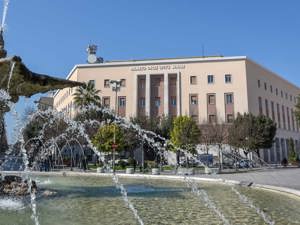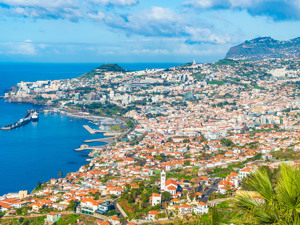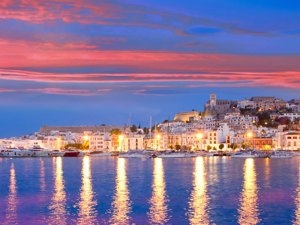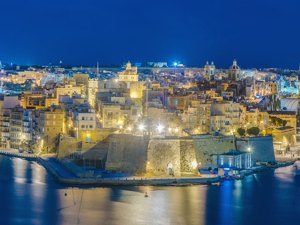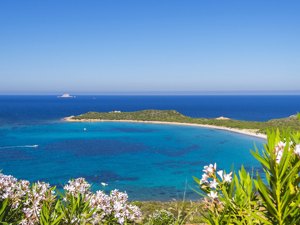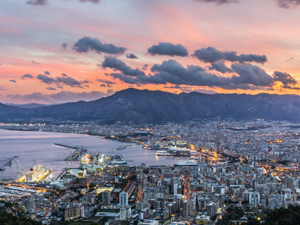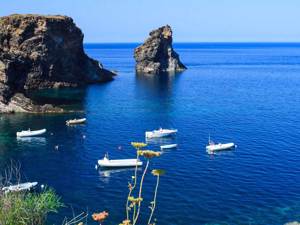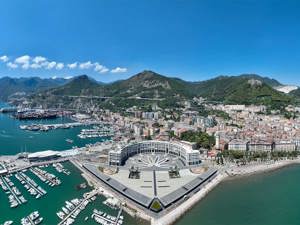





Text by Anna Glik
Avion Tourism Magazine


There is only one real museum on the island; it is located in the house where Alexandros Papadiamantis lived and died, and is situated in a small square in the town near the main road named after him. The house, striking in its simplicity, still contains the same items and furniture as it did when he was a writer (1851-1911): personal objects, photos and several original copies of his writings, all popular tales set on the island which contributed to his fame. In his works, Papadiamantistransmits all the love for his land and its products, including the famous local wine Alypiakos, which, in Greek means ‘without pain’ and was for him ‘the wine to ease all the pain and sadness in the world’. The islanders are proud of their illustrious compatriot, who they venerate in the same way as a saint and for this reason have transformed his house into a museum with a free tour so that the tourists can learn more about him.

The church of Trion Ierarchon was the island’s cathedral for 150 years. The church is a basilicawith three naves, which was built in 1846. It is located in the centre of the town, near the beach. Theicon of Panagias tis Eikonistrias, found in a miraculous way around 1650, is situated in the church. It is dedicated to the patron saint of the island and visiting it is a sacred pilgrimage both for the inhabitants and for visitors to the island. Many sacred artefacts, in perfect condition, from all the country churches on the island were transferred to this church, such as many icons of great archaeological value.

Just thirty minutes from Chora, on the top of a hill and surrounded by countryside with olive grovesand vineyards, stands the most famous monastery of the island, which was built in 1794 by a group of monks from Mount Athos. Entering this place and hearing the litanies of the monks fills visitors with a feeling of peace. It is a large building (approx. 2000 m2), very well kept and cherished, and offers a very beautiful view. Alongside is a small museum with books, relics and historic finds and a wing dedicated to folklore, with domestic utensils, traditional costumes, a loom and tools for agriculture and building. Thanks to the initiative of the monks, there is also a shop and a taverna, where delicious products can be tasted, including wines, rosolio liqueurs and jams, which are hand made by the monks. Every 15th August, the burial of the Virgin Mary is celebrated with great solemnity.

Around the middle of the fifteenth century, because of the continuous raids by pirates, the inhabitants of Skiathos were forced to establish their town on Kastro, a peninsula on the northern part of the island, which was a natural fort. It had more than twenty churches, a mosque without minaret and water reservoirs. Today only two churches have been saved: Gennisi tou Christou (Christ’s birth) and Agios Nikolaos. The partly ruined Church of Panagia Preklas is also found in Kastro.
This monastery, which is situated on the west side of the island, has unusual, almost miraculous origins. It is said that in 1650 a monk, while praying, saw an icon of the Virgin Mary swinging from a tree, as if descended from the sky and illuminated by celestial rays. From that date, it was decided to build a monastery and call it Kounistra. The recovered icon, protector of the island, is kept in the Cathedral of Tris Ierarches, while the icon seen in the monastery is a faithfully reproduced copy. The striking church of the monastery was built in Byzantine style and has a nave and dome. Inside, there is a very important wooden and gold iconostasis – a wall that separates the presbytery from the space reserved for worshippers – a customary feature of orthodox churches.
Questa chiesa, che fu cattedrale nel periodo Medioevale, è coperta da un tetto in legno risalente al XVII secolo ed importanti affreschi. La chiesa è stata elogiata da Alexandros Papadiamantis e Alexandros Moraitidis nelle loro novelle di Natale.

The archaeological site of Kastro is located in the northern part of Skiathos and can only be reached by boat or on foot. It is just ruins, but the place is striking and the view of the entire archipelago is magnificent. A trip in a caicco to the nearby islands of Alonissos and Skopelos is also recommended. They are very beautiful with small alleyways and numerous small white churches.

Leaving by boat from the port of Skiathos you can visit the small island of Arkos which offers a beautiful beach. We then continue towards the Island of Dasia with its blue cave, where you can swim in the blue sea. To the west there is the island of Skopelos, full of beaches and a crystalline sea also ideal for diving. Finally the island of Tsougrias where you can swim, sunbathe and see an enchanting sunset.



























